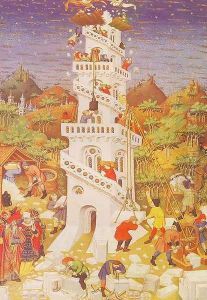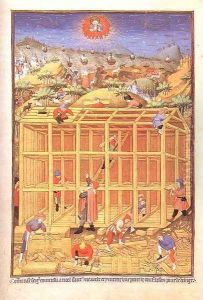Master of the Duke of Bedford Paintings
The Master of the Duke of Bedford is a designation given to an anonymous medieval artist or, more likely, a group of artists working in the early 15th century, primarily known for their contributions to the illumination of manuscripts. This master or workshop was named after their most famous patron, John, Duke of Bedford, who was regent of France for his nephew, King Henry VI of England, from 1422 to 1435. The identification of the Master of the Duke of Bedford is based on stylistic analysis of the miniatures found in several luxurious manuscripts associated with the Duke, among which the Bedford Hours (British Library, Add MS 18850) is the most celebrated.
The Bedford Master's work is characterized by its intricate detail, vibrant colors, and the innovative use of space and perspective, reflecting the transition from the International Gothic style towards the more naturalistic approaches that would dominate European art later in the 15th century. The figures in the Master's illuminations are elegantly drawn, with elaborate costumes and expressive faces, set against detailed architectural and landscape backgrounds.
Although the precise identity of the Master of the Duke of Bedford remains unknown, it is believed that this artist may have originated from France or the Low Countries, areas that were influential in the development of manuscript illumination during this period. The workshop likely included several artists and apprentices, contributing to the various components of their elaborately illuminated manuscripts.
The work of the Master of the Duke of Bedford and his workshop not only exemplifies the luxurious taste of the European courts in the early 15th century but also provides valuable insights into the artistic, cultural, and social contexts of this period. Despite the anonymity of these artists, their legacy lives on through the exquisite manuscripts that continue to be studied and admired for their beauty and historical significance.

